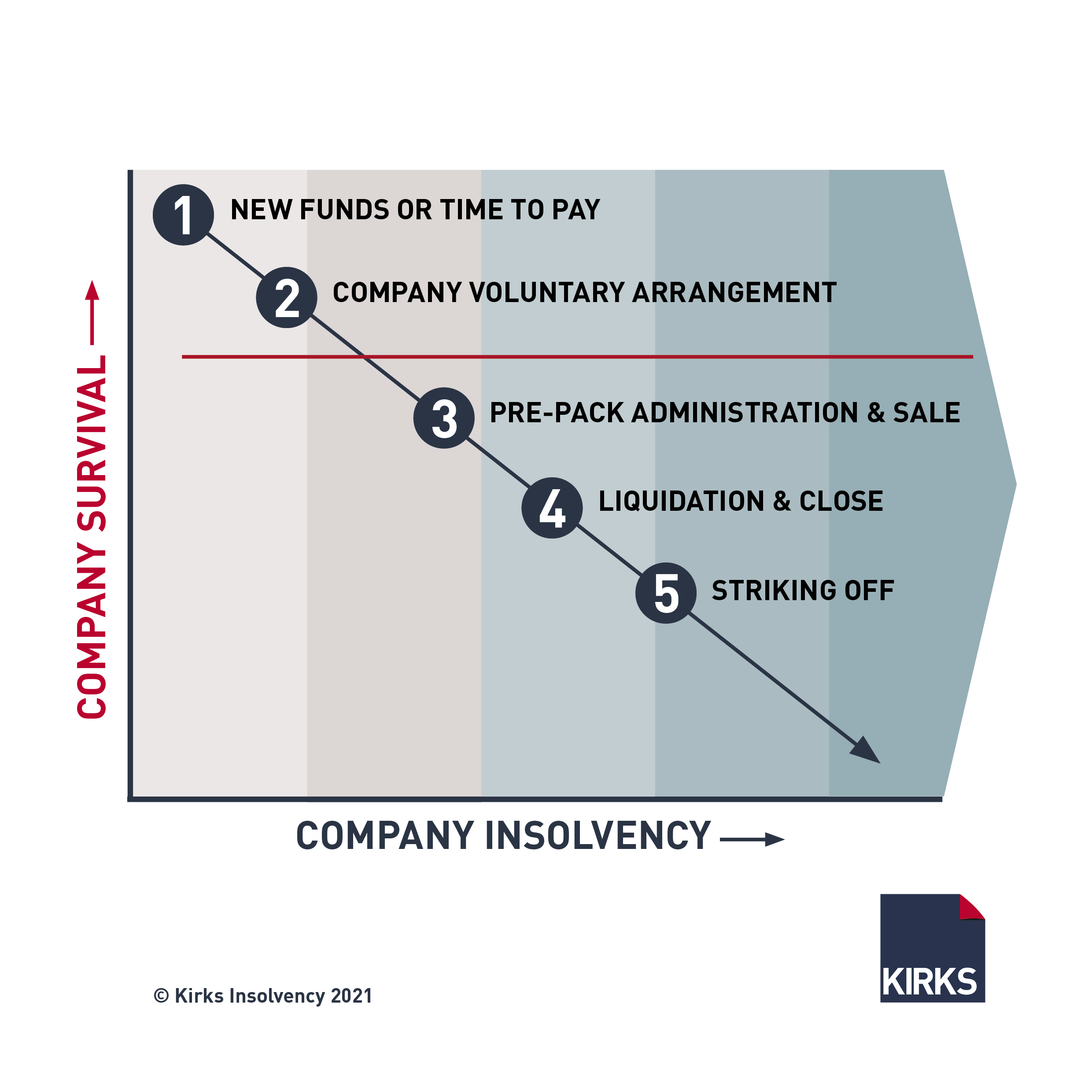The Main Principles Of Insolvency Practitioner
The Main Principles Of Insolvency Practitioner
Blog Article
Everything about Insolvency Practitioner
Table of ContentsThe 15-Second Trick For Insolvency PractitionerSome Known Facts About Insolvency Practitioner.Some Known Incorrect Statements About Insolvency Practitioner About Insolvency Practitioner5 Easy Facts About Insolvency Practitioner ExplainedGetting The Insolvency Practitioner To Work
In its discussion of the key problems in this area, the report considers the benefits and downsides of feasible remedies, and, in that context, establishes forth final thoughts in which choices are shared. Given the multiplicity of inquiries elevated by insolvency proceedings and the diversity of reactions in national legislations, this report is always careful.A very early caution pertaining to labels is needed: while these plan options are often described as reflecting an underlying "pro-creditor" or "pro-debtor" attitude, these terms frequently have different meanings in different nations and, accordingly, they are not used extensively in this report. In some nations a pro-debtor bankruptcy regulation is recognized as favoring the monitoring of the debtor company, therefore enabling it to keep control of the company or to bargain from a placement of stamina with its creditors.
This record does not consist of a detailed discussion of the important yet complicated relationship in between business governance and insolvency. It does, nonetheless, briefly go over the concern of whether management need to be personally accountable for stopping working to commence process when the monetary conditions for beginning have or else been met. Neither does this report discuss problems relating to the legislation on secured deals, which is also carefully related to insolvency, specifically in jurisdictions that make it possible for a lender to get a "floating cost" or general security rate of interest over the majority of the debtor's possessions.
Some Known Facts About Insolvency Practitioner.
In these cases, the business is liquidated inevitable to the basic bankruptcy regulation. Although this record emphasizes the importance of judicial execution, it does not consist of a substantial evaluation of the general functions of an independent and skilled judiciary. Nonetheless, it does discuss how the design of an insolvency law needs to take into account the capacity of the judiciary and additionally briefly assesses several of the concerns that are specific to the implementation of such legislations.
It will review them indirectly, given that the method in which an insolvency regulation is made and carried out plays a vital role in specifying the utilize of lenders and debtors when they attempt to negotiate out-of-court negotiations. This report contains 6 chapters. Phase 2 contains a conversation of the general goals and features of bankruptcy treatments and, in that context, recognizes the primary attributes of the two main kinds of procedures, specifically, liquidation treatments and rehabilitation treatments.
The initial general purpose is the allotment of threat among participants in a market economic situation in a predictable, fair, and clear way. The success of this goal plays a vital duty in supplying confidence in the credit report system and fostering economic development for the benefit of all participants. As an example, in terms of the creditor-debtor connection, the capacity of a lender to start bankruptcy proceedings versus a debtor as a method of implementing its insurance claim decreases the danger of loaning and, therefore, increases the availability of credit and the making of investment much more normally.
A Biased View of Insolvency Practitioner

Therefore, for instance, financial institutions must obtain ample notice of conferences where financial institution choices are to be taken and have to obtain enough information from the debtor to guarantee that their decisions are informed - Insolvency Practitioner. find When the institutions charged with executing the legislation (the court and the court-appointed liquidator or administrator) make decisions, it is also important that the law supply appropriate support regarding the exercise of their discretion and, in the case of the court, require that judicial procedures be open which the rationale underlying the court's decision be made openly readily available
Some Known Details About Insolvency Practitioner
This objective is most clearly gone after during recovery, where value is maximized by proceeding a viable venture. It is likewise a main purpose of treatments that liquidate ventures that can not be restored. The achievement of the value maximization purpose is typically furthered by the gratification of the objective of fair risk appropriation.
There can likewise be stress between these purposes. The voidance of prior deals also expands to nonfraudulent deals, which can threaten the goal of predictability. Throughout the insolvency procedures, several countries provide the liquidator or the manager (depending on the nature of the process) the authority to interfere with the terms of a contract previously entered into between the borrower and a counterparty - Insolvency Practitioner.
Insolvency Practitioner - The Facts
Several of the essential plan choices to be made when making an insolvency regulation connect to how the above goals are balanced against each various other. In addition, selections require to be made on who will be the recipients of the worth that is optimized: while some countries see rehab treatments as providing a method to improve the worth of financial institutions' claims more information with the going-concern worth of the venture, various other countries also see it as a way of giving a "2nd chance" to the shareholders and the administration of the borrower.
Because context, it can additionally facilitate the development of funding markets. If an insolvency legislation is used with sufficient predictability, a second market in financial obligation tools can develop that, among various other points, will enable financial institutions to move their lendings to other entities that specialize in the exercise procedure.

Insolvency Practitioner - The Facts
In addition, nations normally deal with these problems with the execution of liquidation treatments and recovery treatments. Insolvency procedures generally need 2 components. The initial is a lawful structure that states the rights their explanation and commitments of individuals, both substantively and procedurally. The 2nd is an institutional framework that will apply these rights and commitments.
Report this page